By Swiss standards, Regensburg is a completely normal city with a historical centre in eastern Bavaria. By German standards, Regensburg is a small hamlet with around 140,000 inhabitants. It is a diocesan town, home to three universities and a majestic Gothic cathedral in the compact old town centre. If you sit by the long window facade (Skyframe) in the Storstad restaurant, you will be greeted by a perfect view of the pointed cathedral towers and the old town. It is not only the location that is unusual about this restaurant – you can only reach it by taking a lift to the fifth floor of the
building – there is in fact something unusual in every corner of these premises. From the lighting design in the seating alcoves and the lounge on the roof terrace, all the way through to the homely furnished toilets – this harmonious design and fine interior architecture creates a jewel of a restaurant. The aim was to make «a city restaurant» a reality, explains the chef, who takes on the role of independent entrepreneur here. «If I do something, then I like to do it correctly», he adds. This is first and foremost Anna and Anton Schmaus’ domain. The native Swede and the chef from Lower Bavaria run the Storstad (Swedish for city) together and have put it on the map of food connoisseurs within a short space of time. The Michelin Guide awarded the restaurant a star soon after it opened, the French restaurant guide GaultMillau gave it 17 points out of a possible 20, and Anton Schmaus was also named «rising star of 2015» in Germany. To a certain extent, the likeable Bavarian was born into cooking, as his parents ran an inn in Viechtach in the Bavarian Forest and hoped that their son would take it over one day. However, after his training, Anton decided to venture beyond Bavaria: he worked in Ticino with Martin Dalsass and in St Moritz with Roland Jöhri, and learnt all about puristic Mediterranean and classic French cuisine. Later, in Stockholm, Schmaus would encounter an entirely new language of cuisine: radical, modern, delicious. The year was around 2007 and Nordic cuisine was embarking on its voyage to conquer the world. Schmaus did not only discover a professional love for the North – he also found a personal one. After all, he would later go on to marry a Swedish lady who he met in his native city of Regensburg. But before then, the young chef moved from Stockholm to New York and the three-Michelin-starred Per Se restaurant, where he spent several arduous months cooking hundreds of dishes every day and following meticulous specifications as if part of a military drill.
A visit to Anton Schmaus
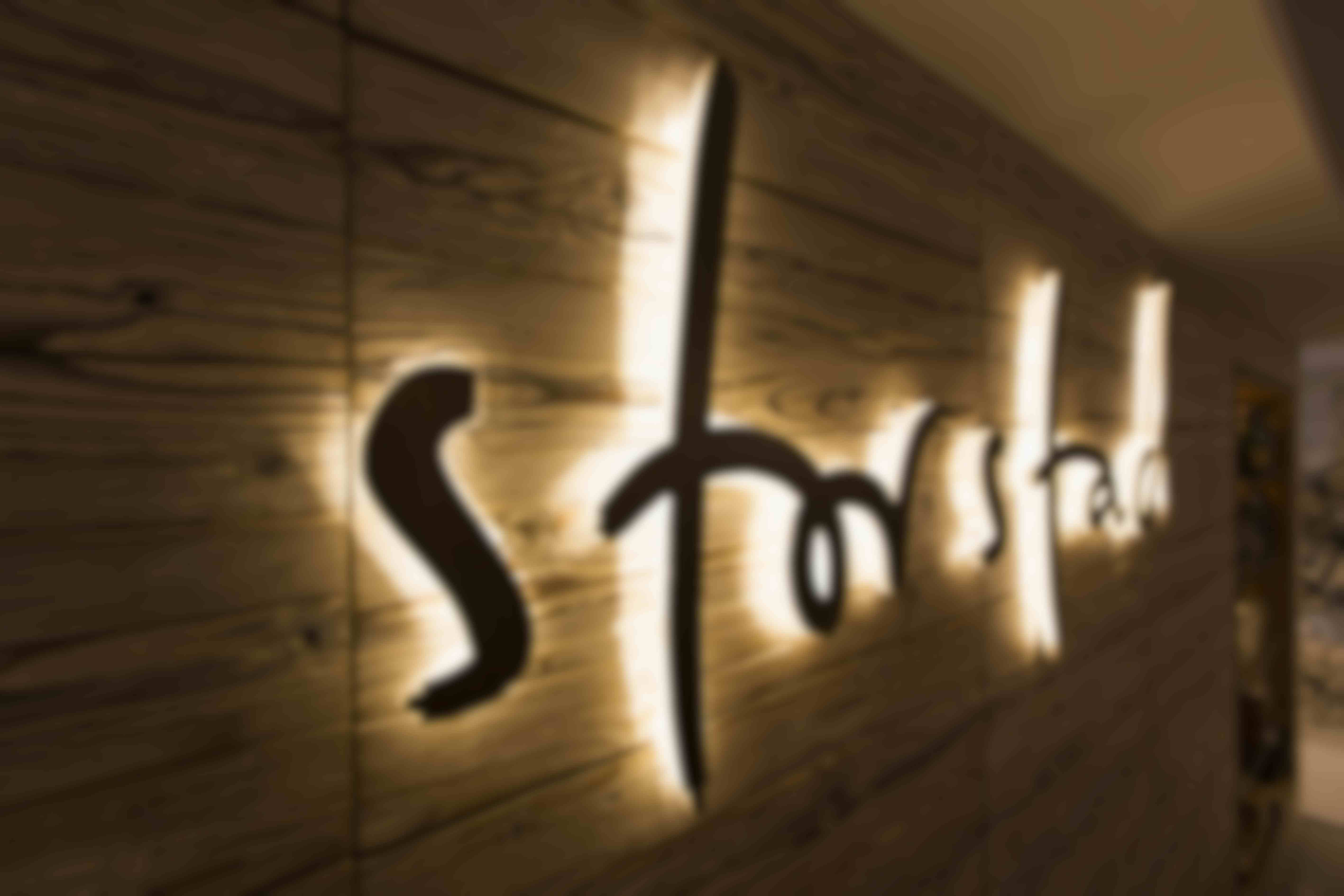

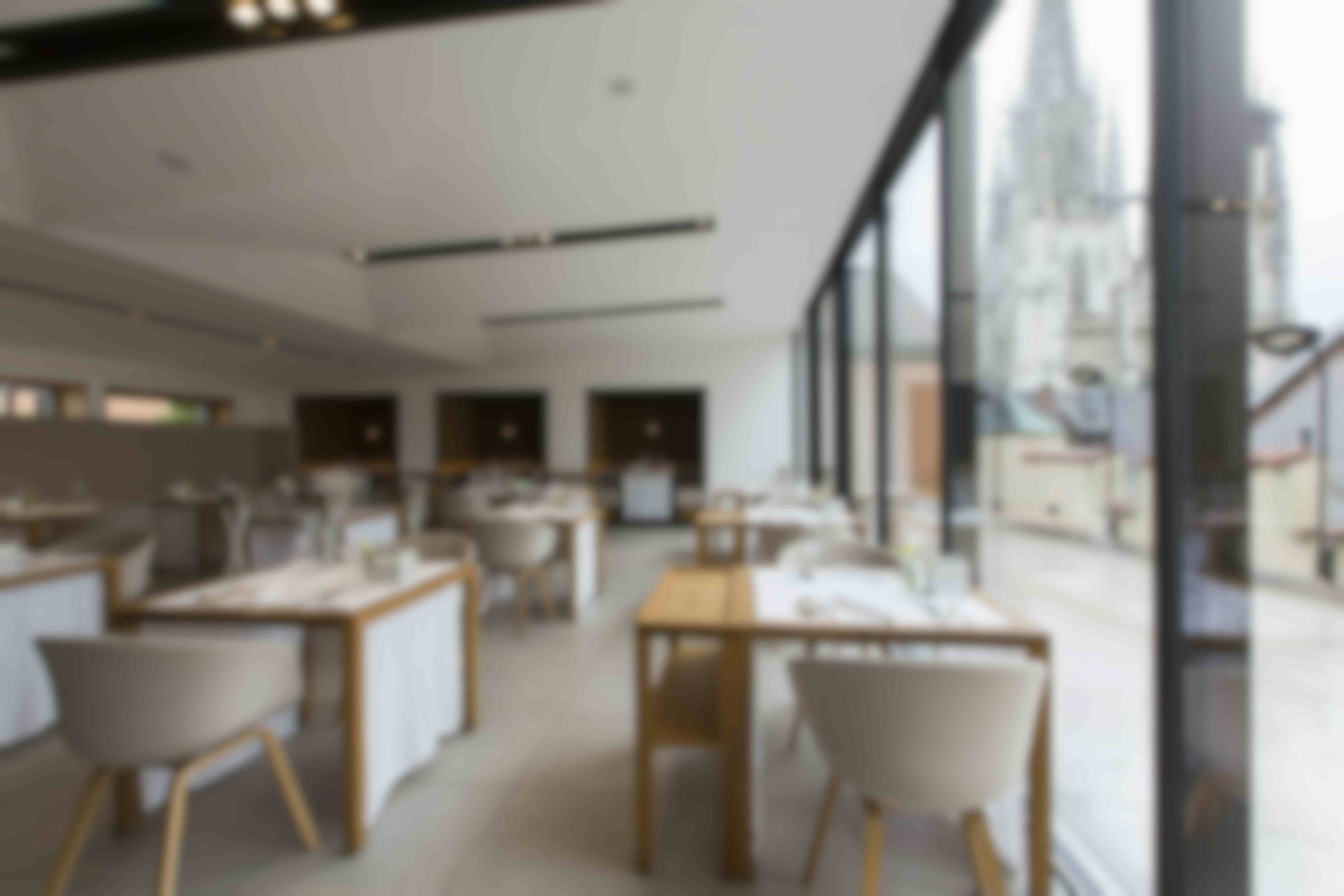

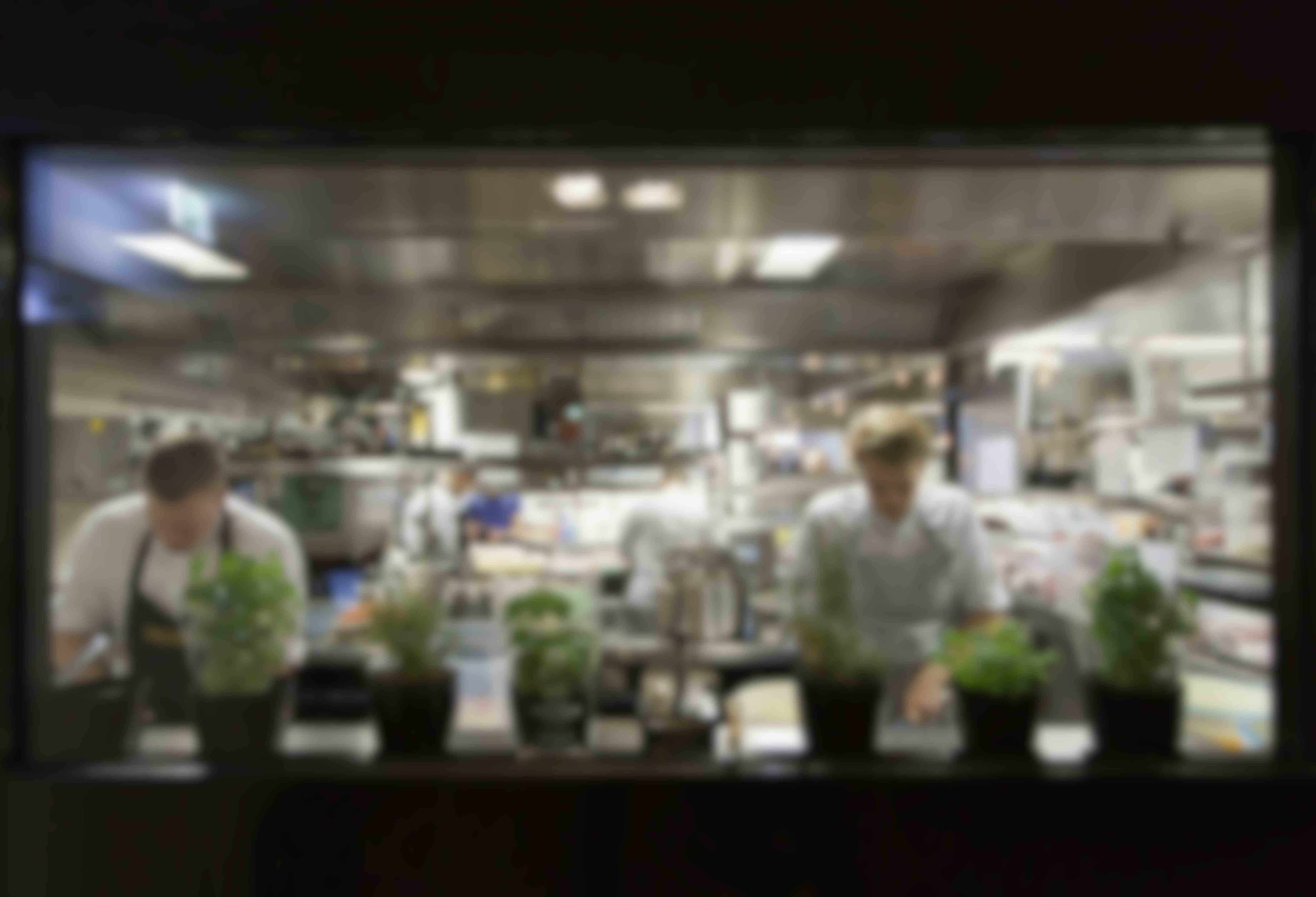

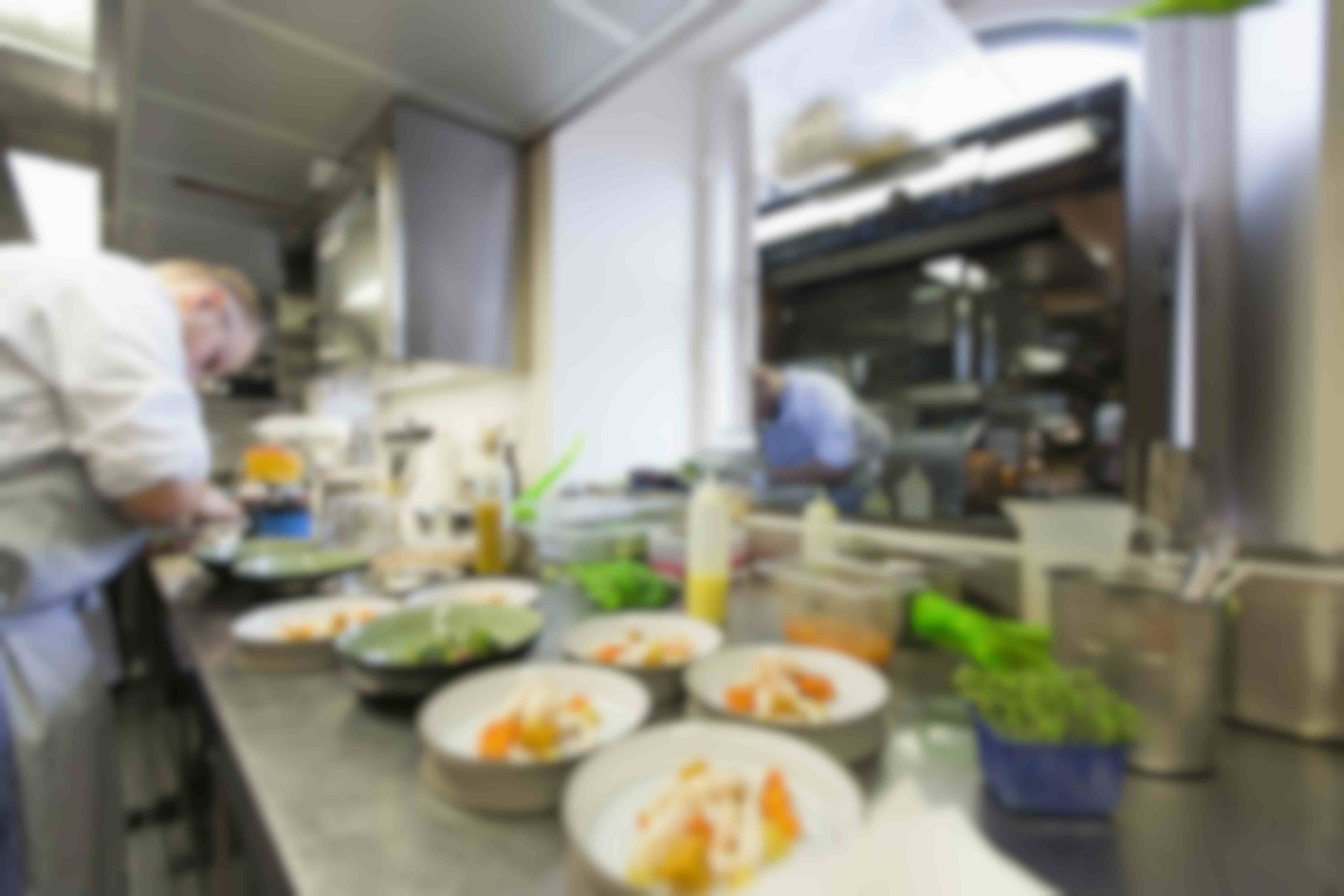

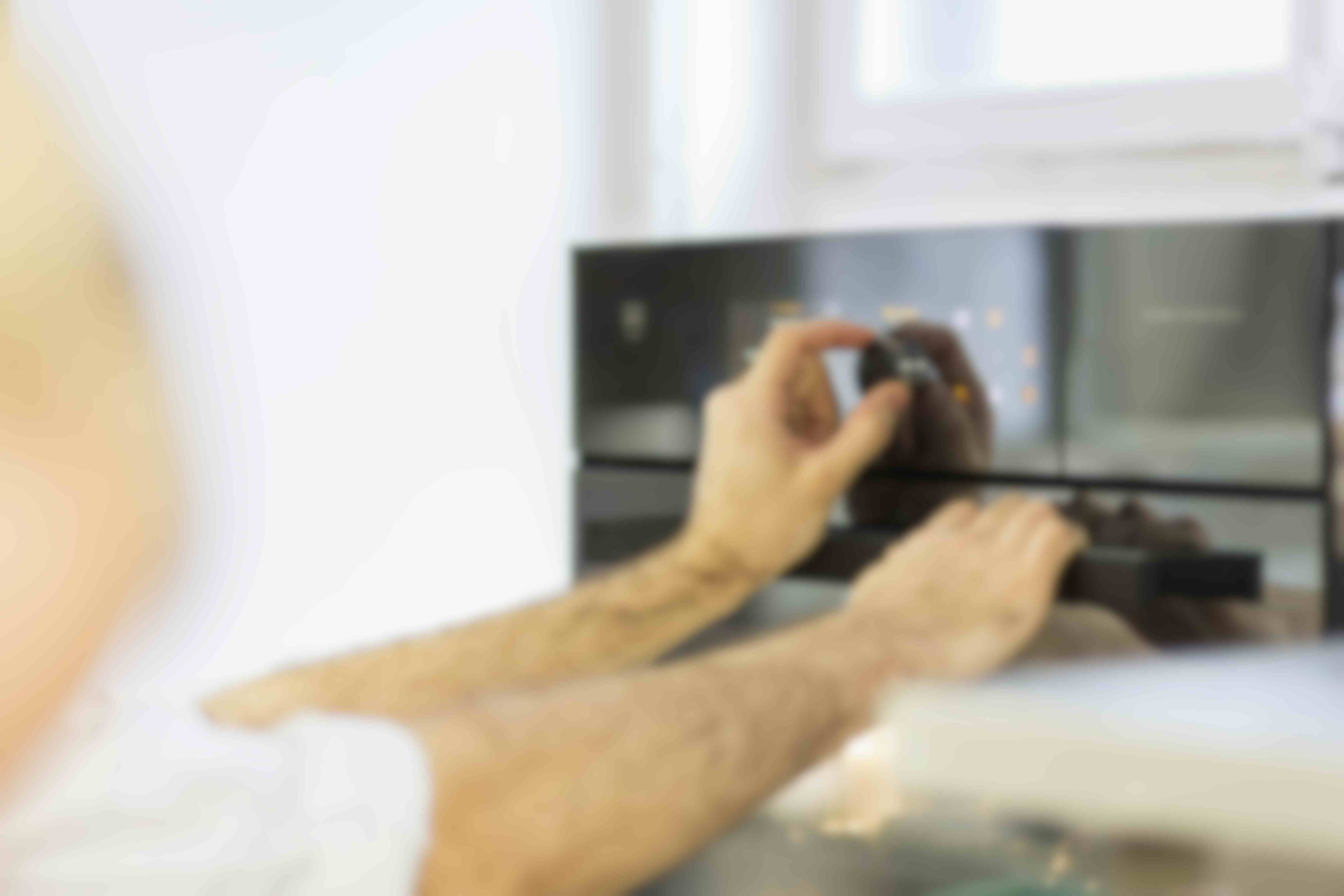

Bavaria meets Asia
Anton Schmaus – incidentally a perfect name for a chef – finds it difficult to describe his current cooking style. His foundations lie in classic, French cuisine; added to that is his Bavarian heritage, his love of Asian aromas and the fact that he likes to incorporate a fruit component into most of his dishes. This came about quite naturally. For example, he takes crayfish and combines it with jackfruit, and to his saddle of rabbit he adds small port-wine figs and lemon. In actual fact, he has probably taken something with him from every place in the world in which he has cooked, and blended it all together to form a novel whole. A fareastern note is often typical of Schmaus’ dishes. The classic canelé pastries eaten with coffee, for example, are served with ginger cream on top, skrei (Norwegian winter codfish) is combined with beurre blanc, and when mixed with kimchi stock (cabbage fermented with lactic acid) gives a characteristically spicy flavour. As of recently, a Combi-Steam MSLQ from V-ZUG has stood in Anton Schmaus’ kitchen, and is visible to guests standing at the bar thanks to a glass pane separating the two areas. The multi-purpose appliance, which offers many different types of heating – from microwave to steam – is currently being put through its paces by the Storstad team. Schmaus, for example, uses it to prepare clams. First of all, he boils a curry stock, then cooks it together with traditional Venus clams for 4 minutes (Steam 100 °C plus power level 4) using a combination of steam and microwaves. «It works perfectly», says the chef. Schmaus also uses the multifunctional appliance from Switzerland to make sauerkraut flavoured with Asian spices or white beetroot. Technology plays a big role in his kitchen, he explains. He always considers what the best method for preparing an ingredient would be. But it always depends on the dish in question. «Recently I prepared a veal shank – using a very classic method: firstly I fried a casserole of vegetables until they were nice and brown, then cooked them in the oven for a long time with the meat. This is how I learnt to do it in Switzerland with Roland Jöhri.» Schmaus stresses that he is a down to-earth Bavarian at heart and likes the rustic style. His goal is for his dishes at Storstad to taste so delicious that his customers enjoy eating them so much that they do not want to stop. This is why the portions are quite big, but there are only five courses as opposed to nine or ten. And, most importantly, the chef has found his audience. It seems that everyone comes to Storstad – young couples, larger groups with something to celebrate, and middleaged guests alike. They are taken care of by the charming service of a predominantly female front-of-house team, and surprised again and again by the culinary delights of the kitchen staff. Good products perfectly prepared and brought together in an ideal blend of culinary harmony and excitement – that is what makes Anna and Anton Schmaus’ restaurant in the heart of Bavaria so special.